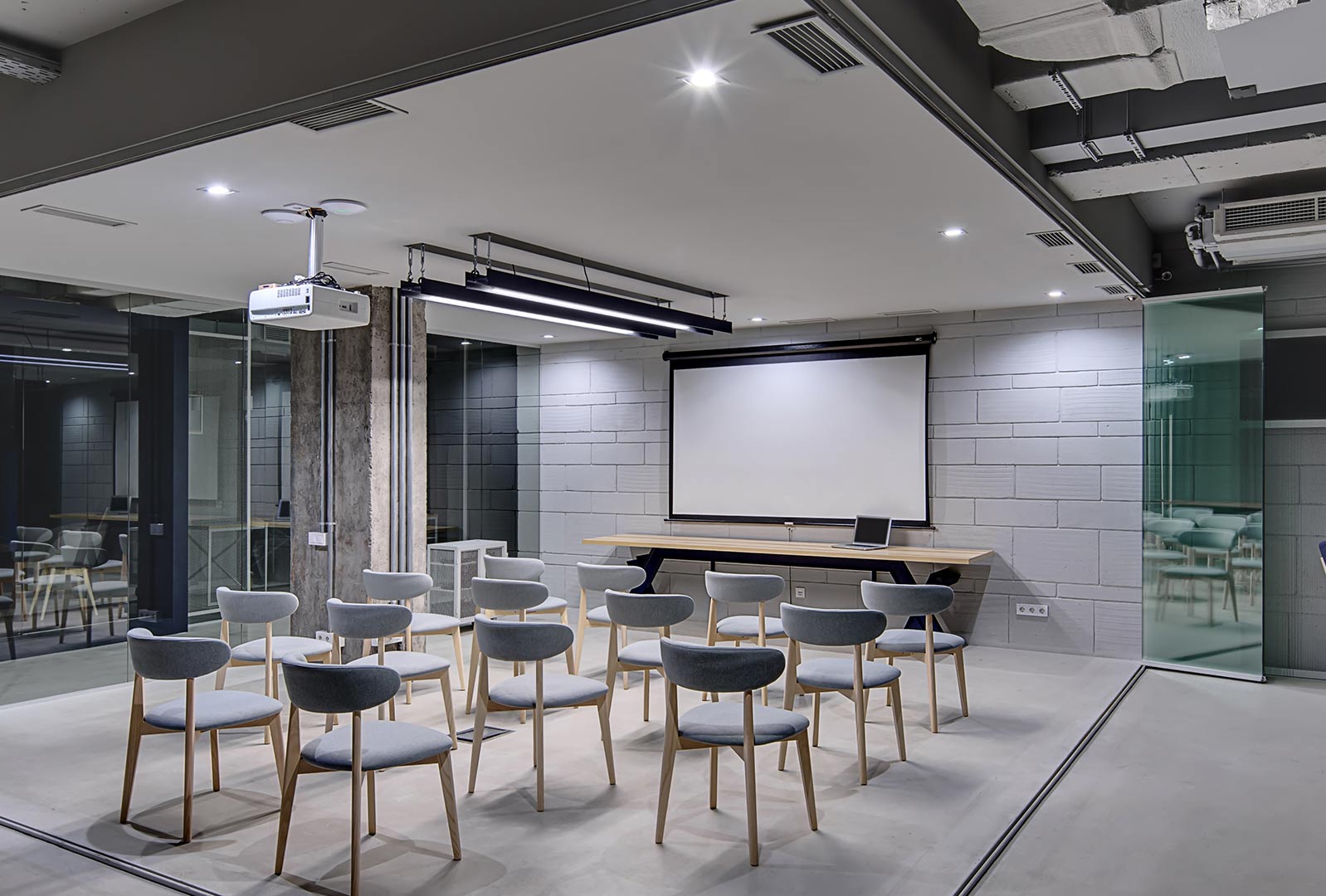NEW PRODUCT IDEAS FOR TOMORROW’S WORKSPACES
Workspace Design Show is the event of 2021 that is bringing together the commercial interiors community for the first time since March 2020 to celebrate this wonderful industry. Taking place on 4-5 November in its inaugural year at London’s Business Design Centre, Workspace Design Show has been building momentum with the introduction of its ‘Spotlight Series’ sessions.
Following the success of its first webinar on ‘Sustainability Standards,’ Workspace Design Show held another creative discussion, this time on ‘New Product Ideas for Tomorrow’s Workspaces.’

The event was chaired by Daniel Gava, Brand Strategy Advisor for the Architecture and Design Industry and featured expert insights from industry specialists who will also speak at the show in November.
Panellists below:
- Natasha Bonugli, Global Principal of Design at Unispace
- Stephen Philips, Associate Product Designer at Arup
- Yorgo Lykouria, Creative Director & Founder of Rainlight
- Collin Burry, Principal at Gensler
The panellists raised some interesting points for discussion in relation to visualising tomorrow’s workspaces. They discussed the need for the industry to come together to reengineer and rethink current processes and materials used, creating better workspaces for learning and collaboration as we return to the office.

Key findings included:
- Community: The need for the industry to rally together to design products for the future. Companies should not view each other as separate entities, but rather a community. Collaboration will be key in the future.
- Data collection: Discussion of data collection being used to inform decisions on use of office space going forward. Data can be used to determine how often people will be in the office, and how often they will work remotely so designers can recalibrate and work with what is already available instead of starting from scratch.
- Use of materials: It is up to us to start looking at where our raw materials come from and demand they are produced in a lower carbon, lower energy way. We should look to use more recyclable materials. Modern classics are perfect sustainability examples and easy to disassemble, we can reengineer these and improve their materiality component by component. Going forward we must be more conscious with what we are doing particularly with use of plastics, we need to have a better understanding of the recycling process of plastic. Steel is important; it is 100% recyclable and comes back with 100% of its performance. International certifications could be introduced to help us make better choices on what we buy.
- Role of technology: We can use tech in reduction of waste, planning and precision of product manufacturing, carrying out carbon assessments, assessment of materials, online technology e.g., sensors, and technology that controls the environment e.g., temperature, ergonomics, touchless technology. ‘It’s about choosing the right technology that shapes things for the better’ – Stephen Philips, Arup.
- Function of the office: Going forward the office may be used more for learning from colleagues, socialising, discussing ideas, and projecting what the organisation is about and learning about it. We could also see the addition of more learning spaces and less formal spaces.
- Agile working within the office: The office layout needs to change. We need ‘elements’ you can deploy to create a setting any way you want and be able to talk in a natural way. Not all meetings need to be sat down and formal, we just need a diverse range of settings to adapt spaces with the right products. Easy to assemble and disassemble products are key and use of tech.
- Outdoor furniture: Outdoor spaces have become more appealing as a place to work. Will we see more mobile products being developed that can be used both inside and outside? E.G., pods where individuals can work with integrating screens within those units.
- Problem of construction waste: We must start thinking better about rigid components e.g., walls. Flexible walls, furniture and systems are important but are currently not that affordable and sustainable. The industry needs to start looking at producing products like this.



